Home is where the heart is. Why? From home furnishings to decor, to DIY, home products have psychological importance. Here's the buying behavior behind the home industry.
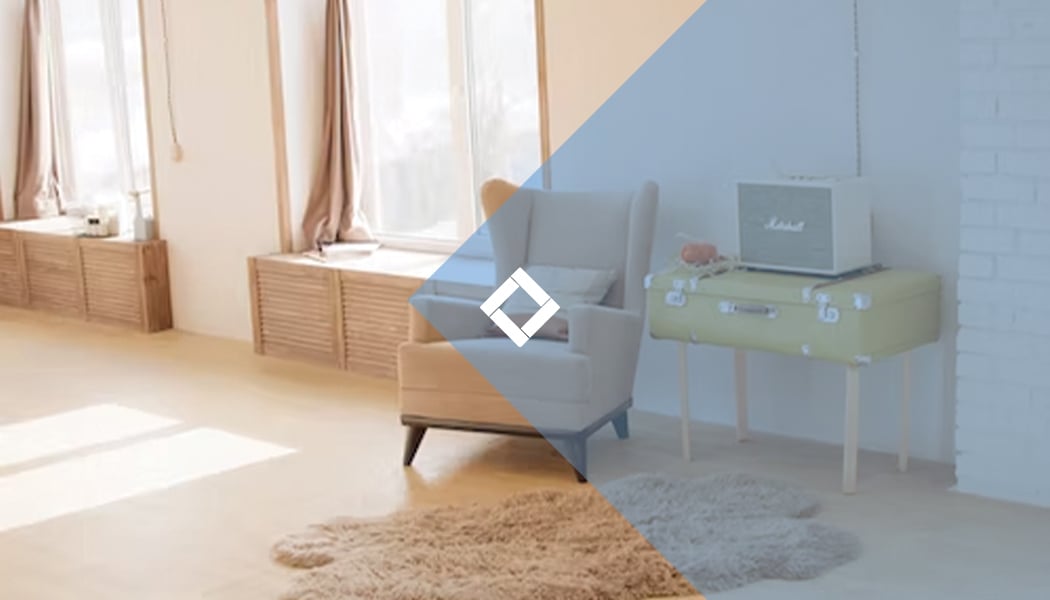
Home is where the heart is. Why? From home furnishings to decor, to DIY, home products have psychological importance. Here's the buying behavior behind the home industry.
You’re looking to buy a drill. Why? You want to put a painting up.
So you walk into your nearest home store. You have a specific job to be done (putting up a painting). This makes your shopping state utilitarian.
A DIY project like this is functional.
But what if you’re looking to buy a decorative frame for your painting?
This shopping state is more hedonic – a state of mind that values aesthetics over function.
In both instances, you’ll need a certain amount of guidance to help you choose the right product for you.
However, guided selling in the home industry looks very different from what we’re used to. In the home industry, many buying behaviors will actually see these two shopping states merge (hedonic and utilitarian).
You want to buy a lounge chair to sit on (functional, e.g., utilitarian).
But you also want it to be made out of bamboo so it fits in with the rest of your furniture (aesthetic, e.g., hedonic). In fact, it’s no longer enough to sell DIY products like drills or screws purely based on their attributes.
According to our behavioral psychologists, for home and DIY shopping states, it’s more difficult to separate needs from wants. Buying a table is just as much a utilitarian purchase as it is hedonic.
Where DIY projects could be utilitarian, home decor could be hedonic, and vice versa.
Within this context, therefore, we’re going to unpack the reasons behind purchasing home products. This includes home furnishings, home decor, and DIY products.

When looking at how people buy, you should consider two things, their demographics and psychographics.
To truly understand home buying behavior, we're going to unpack the psychographics behind home furnishings.
In other words, when a house becomes a home 🏡 💞.
There are many reasons why someone would want to buy a home product. Every individual has a unique set of behaviors that lead to their shopping choices.
However, we can still group these behaviors into common clusters, based on similar behavioral patterns. With the help of our in-house behavioral psychologists, here are some common reasons why.
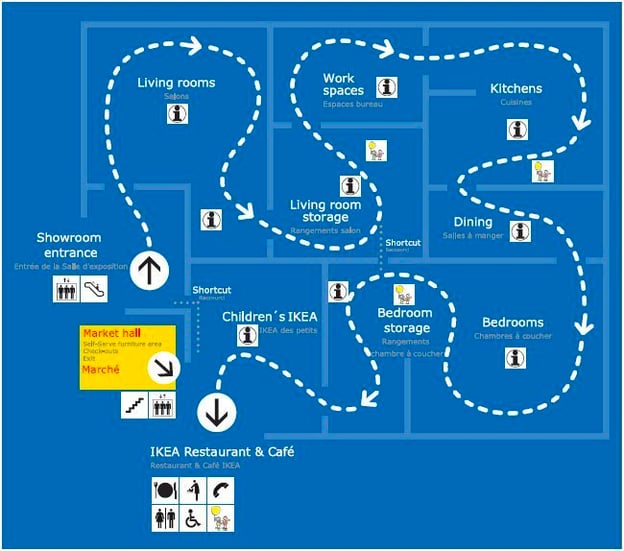
Source: IKEA’s floor map proves that shopping for home products in this way is a high-committed experience that takes time to complete (often a day out).
Consumers that have just purchased a new home will be very distinct in their shopping behavior. New homeowners may have just spent a lot, and will either:
Buying a new home could also come with additional life changes like:
A recent study on home shoppers found that 31.7% of respondents said children influence their decision to buy a house.
In any event, buying a house marks a huge event in your customers’ lives, and should be treated as such. Understanding what kinds of life events (i.e., needs) your customers are going through will help you tailor your product offering with more relevancy.

“A saw will help you cut down a tree. A saw with a higher price point may help you do this faster. DIY products have a specific function to fill that will help the consumer complete their job to be done in a more efficient way, but what the shopper chooses always depends on their current mindset and context.” - Joris Fonteijn, Chief Product Office at Crobox
The next reason is almost as important in terms of financial spending and change. Perhaps not to the caliber of buying a house, but in many instances, the decision to redecorate or remodel a home will rely on similar factors;
Psychologically speaking, remodeling or redecorating will be a choice designed to make the individual feel better. Products with the aim to upgrade, improve, or change someone’s home release dopamine.
But there are also rational reasons to upgrade a home. For example, increasing the return on investment of the house itself, while raising its market value. This is where hedonic and utilitarian shopping states merge, something we’ll discuss later on.

Another big factor that drives the decision to buy home products is a gift-giving mentality. Home products in the categories of living or kitchen are often easy gifts to give because they are utilitarian.
 IKEA's Gift Finder that we built using Crobox's Product Finder technology. Reach out to see this in action.
IKEA's Gift Finder that we built using Crobox's Product Finder technology. Reach out to see this in action.
Plus, shoppers don’t necessarily buy expensive living or kitchen products themselves, due to high price points. Many of these home products are also ‘nice to have’ rather than ‘need to have’, such as a blender or a premium kitchen knife).
Our behavioral psychologists support this, saying the best kind of gifts have value on:
“For example, if you’re buying a ceramic serving bowl for your friends, this signifies you want to support their kitchen aesthetics in their new state of life. This is why home products are mostly bought for weddings – they signify change and are a great way to merge utilitarian gifts with something that is also thoughtful.” - Patrick Oberstadt, Behavioral Designer at Crobox
Understanding these needs is how you can turn your product attributes into benefits, and guide the sale in a more relevant way. We discuss this theory with reference to guided selling tools in chapter three of our Home Report.
CROBOX DATA
For one of our home furnishing retailers, we built a Gift Finder during the Christmas period. Our data showed two things:
“Psychologically speaking, the data from the Gift Finder make sense. Shoppers either lack inspiration during these golden retail moments, or they are buying for others and want to get it right. In both cases, they will be more motivated to browse a webshop’s products and collections through a product/gift finder.” - Leo, Chief Data Officer at Crobox
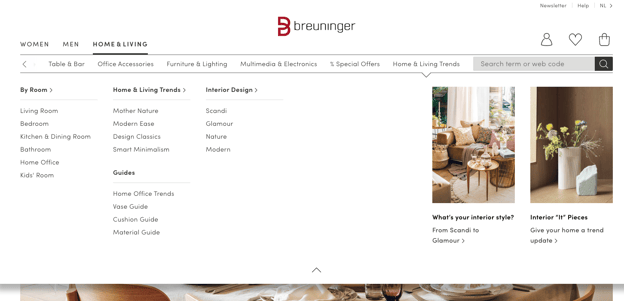
You don’t buy a bed or a couch as often as you’d buy a t-shirt. Physically, this kind of home product is a bigger purchase than you normally make.
You also wouldn’t buy multiple variations of a big purchase – you’ll buy one couch and one bed that should last a set period of years.
Shoppers looking for inspiration will take their time. Which is one of the reasons why buyer’s remorse is reduced in the home industry.
Making returns rarer; It’s much harder to send a couch back than a T-shirt.
Moreover, consumers can wait a long time for delivery, making the return on investment higher. As a result, the thought process and decision-making become longer and more strenuous, which is why content is King to keep shoppers well-informed and up to date.
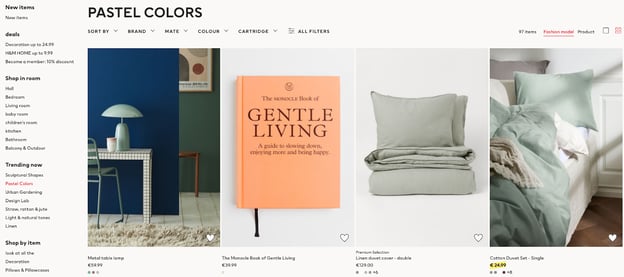
H&M Home trending categories help browser behavior.
Consumers will put a lot of effort into their decision-making, usually consulting others, but more often than not consulting the retailer’s content, especially online.
If you’re a home brand, it’s important you identify both buying behaviors:
Supplying each decision-making phase with relevant content will help drive purchase behavior. For inspiration, home brands are leveraging social media, AR, catalogs, and blogs to inform and hook shoppers at the awareness phase of the customer journey.
Based on research and information from Crobox’s behavioral experts, we found three ways to explain the psychology behind home purchasing decisions. Here, we again group together home furnishings, decor, and DIY products. These three models can be used to understand home shoppers’ needs:
“When shopping for DIY products, consumers have a specific job to be done. At this phase of their decision-making, they need guidance towards the solution that fits their needs best.” - Rodger Buyvoets, CEO at Crobox
It’s no longer enough to sell DIY products like drills or screws purely based on their attributes.
Home brands first need to understand what the shopper needs the drill for to effectively personalize their experience.
But to recap, you can usually group shopping behaviors into these two shopping states:
According to our behavioral psychologists, for home and DIY shopping states, it’s more difficult to separate needs from wants.
Buying a table is just as much a utilitarian purchase as it is hedonic. Where DIY projects could be utilitarian, home decor could be hedonic, and vice versa.
Which is why it’s more important than ever that you understand your product’s attributes based on how they benefit the lives of your customers.
What do your customers need when shopping for home products? Answering this question will help you build out better experiences, guiding your customers in a more human way.
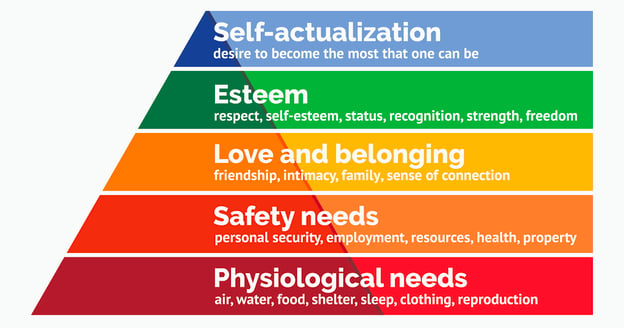
Maslov’s hierarchy of needs explains home buying behavior in this way:
Individuals will first seek a roof (shelter). When they have secured this, then they will start to seek comfort, like a couch to sit on. When the functional needs of the house are met, the consumer starts making the house emotionally ready.
This hierarchy also explains how hedonic and utilitarian shopping states merge in the home space. Many practical products can also be emotional, but this emotional state can only occur when the physiological needs are met.
“Feng Shui is a practice of arranging the pieces in living spaces to create balance with the natural world. This is what it means to feng shui your home. The goal is to harness energy forces and establish harmony between an individual and their environment.” - The Spruce
It’s also why many brands can have such a range in their prices, product offerings, and target demographics. Each part of Maslov’s pyramid caters to a different socioeconomic segment. When we get to products that influence the individual’s esteem and self-actualization, you could say we enter the realm of luxury home furnishings and home decor.
And when a home starts to represent a spiritual space (as in the practice of Feng Shui), products start to take on symbolic meanings. When you reach the top of Maslov’s hierarchy, products begin to express the Self.
You know how some people have a blankie or teddy bear they’ve kept since childhood?
People will get attached to things they own over a long period of time. However, this attachment can happen almost instantaneously, either through touching and/or interacting with a product.
This is a psychological principle called The Endowment Effect and is part of the reason why IKEA makes you build your own products, people give you free samples, and many consumers are prone to hoarding objects they attach sentimental value to.
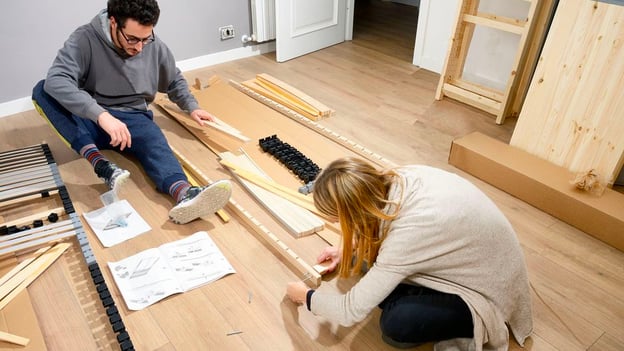
Assembling a bed leverages the IKEA Effect.
The same effect rules home industry buying behavior. Because of the investment in a home – and by mere virtue of having to interact with all the products in your home several times a day – products become endowed with more personal significance. Consumers start to feel ownership over their home products.
And rightly so; Imagine you buy that chair with your own money, sit in it every night to read and wind down, so that maybe now it’s become your special chair. And if we’re talking about your bed, well, you sleep in it every single night. Endowment here comes naturally.

Taking this one step further (as with Maslov’s hierarchy of needs), consumers will start to express their personalities through their homes. Similarly because:
If you think back to the rise of home improvements during the renaissance, the same philosophies applied: Signaling the self, wealth, and being comfortable.
In a recent study, 72% of respondents agreed that ‘the design of my furniture reflects my personality’. In effect, where the dining table may represent family coming together, the bedroom could equate to relaxation and privacy.
As soon as products take on a sentimental meaning, we enter the realm of expressing the Self. According to the same study, ‘furniture can create happy memories with friends and families’.
Products that were once utilitarian are now hedonic:
The house becomes a home.
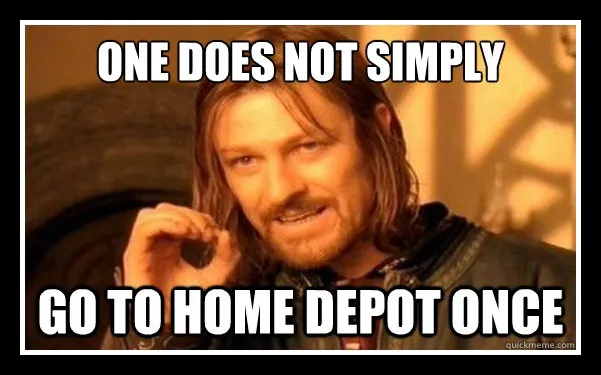
You could say the home has become a sacred space.
It is, after all, where the heart is.
Understanding how products go from functional to feng shui is the crux of any good merchandising or marketing strategy.
To take this understanding one step further, download home retail’s go-to industry report. In this report, we not only cover psychology, but trends, market analysis, and how to drive product discovery within this space.